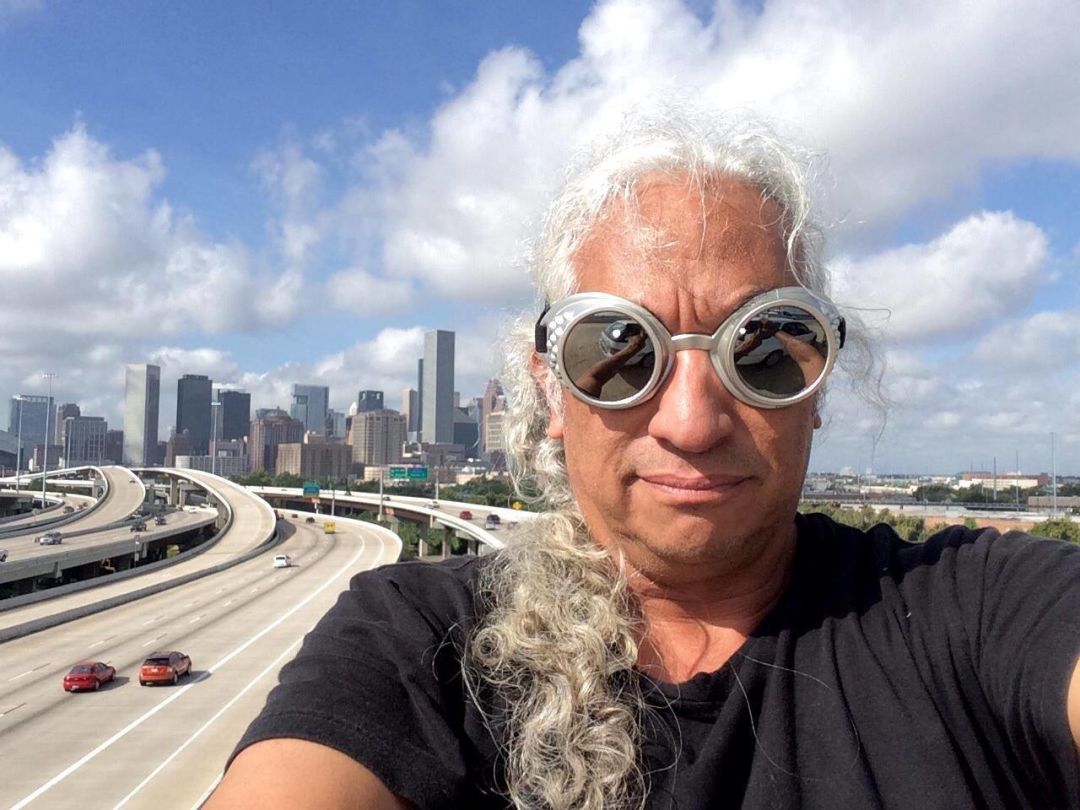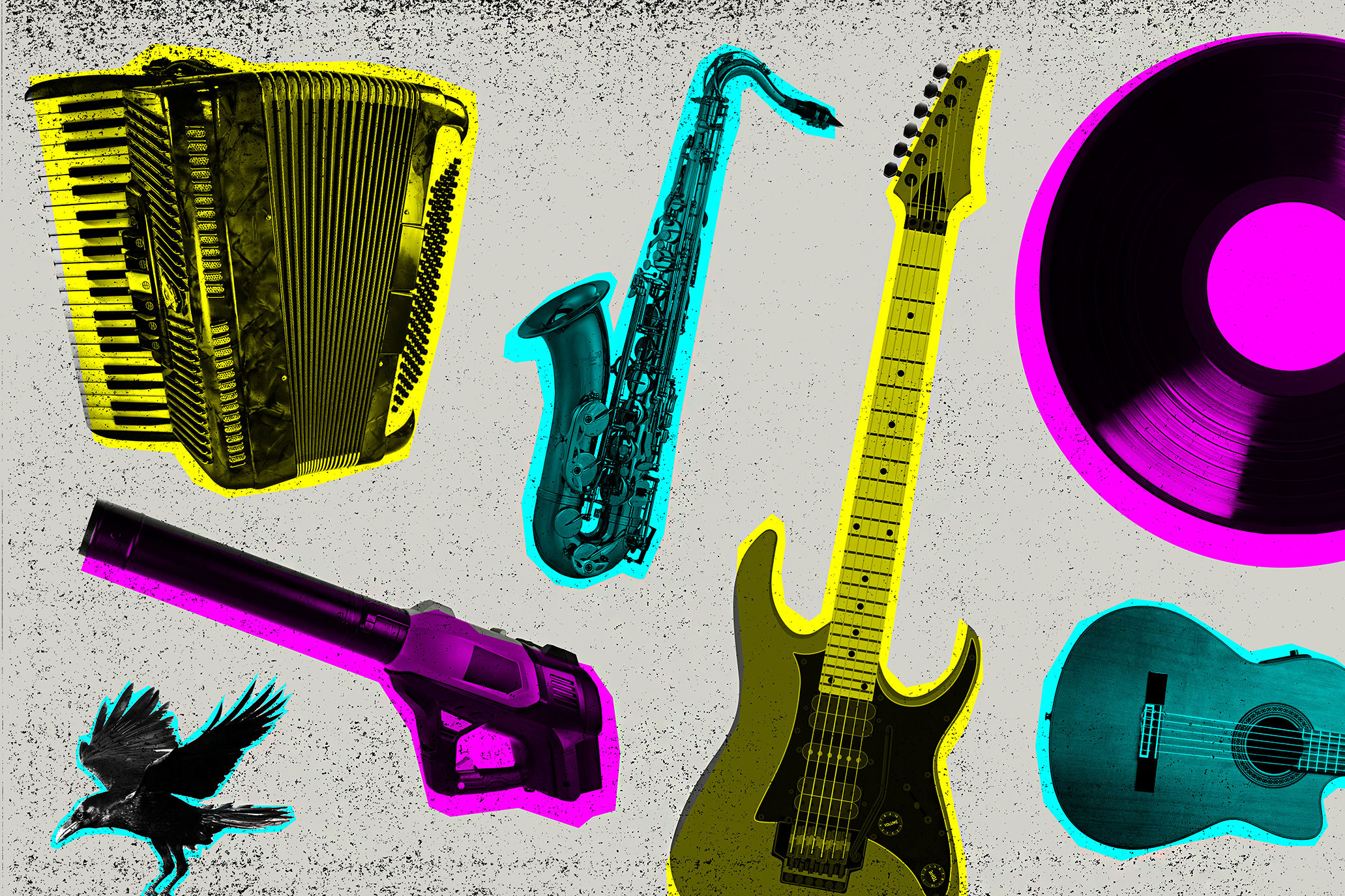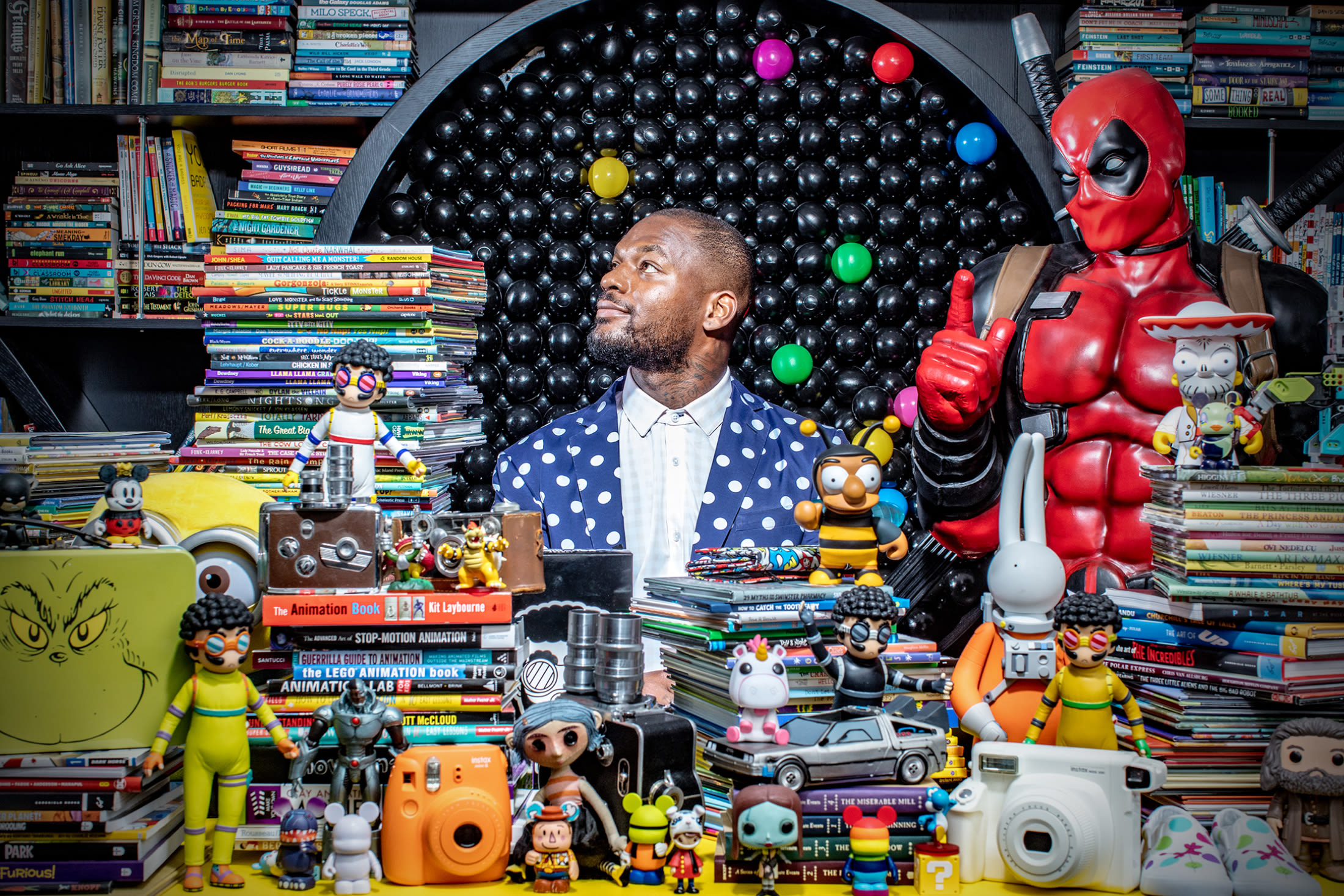Ben DeSoto Talks "Un-Retirement" and Shooting Bayou City Music Greats

Image: Courtesy Ben DeSoto
Ever since graduating from the University of Houston’s photojournalism program, Ben DeSoto’s been unstoppable.
During his 25 years documenting life in the Bayou City, he covered everything, from DJ Screw’s chop-and-screw sounds to punk band L7’s head-banging and brash vocals. The Houston-raised photographer ended up leaving the city and his fast-paced work at The Houston Chronicle in 2017 and is now—as he likes to say—”in un-retirement,” living a quiet life in Utah, teaching students part-time.
DeSoto, who is speaking virtually at the Contemporary Arts Museum Houston on December 16, chatted with Houstonia magazine about his past covering the Bayou City music scene, and his current projects.
How has it been since leaving Houston?
It’s been really therapeutic. I never thought I’d leave Houston, but when I did, it was under great distress. I just left too much on the field, so to speak. I was working on a documentary film about poverty solutions, and I got to literally witness my friend Ben White get off the streets. I began photographing him in 1988, up to 2016, and he passed away in front of me, and that was a lot for me.
What have you been doing lately in your “un-retirement,” and what led you to this phase of your life?
I was doing documentary work on homelessness, which moved me to work in after-school programs, work at the Ripley House for a good many years, work at the Houston Center for Photography in the ’90s. Now towards my “retirement” years, I’ve been able to fulfill my dream of being a teacher and [I] just landed a part-time job as a technology teacher. I get to create curriculums and just live the dream; I’m doing a good deed and am picking up where I left off, in a way.
Can you talk about how the pandemic has impacted your work?
The work that I've done during the spring at the beginning of the pandemic is done. It's almost kind of interesting because that was the first time I ever tried to take some pictures shooting through the window. My style was, especially in homeless camps, to go and visit, integrate, and talk. And so, the pandemic kept me from being close to my subjects, but it also made me kind of sit and try to meditate on the images that can speak effectively without putting myself or others in danger.
So much of your work has been photographing the Houston music scene. What drew you to music and concert photography in the first place?
It’s scientific magic. The ability to have this level of technology—to be able to take a picture, create a negative, make a print, and capture that little instantaneous moment.
Photographers take real life, moments of time, human emotion, time and space, and we're compressing it all down to a 16th of an inch. If you’re able to have some sort of dynamic relationship with the tools, you develop a unique voice with photography. These devices and vehicles allowed a natural curiosity that wasn’t prohibited, and musicians are creatives, so part of it was just us being drawn to each other.
In 1993 the Chronicle had an assignment to photograph the Geto Boys because they had broken up, and I was the only photographer who knew who they were. I was the only one who was interested in hanging out with them, so I literally got to hang out with each of the Geto Boys in the neighborhoods that they lived in. I had been working in these neighborhoods—we're talking about Fifth Ward, a little bit of Fourth Ward, Sunnyside to the South. Doing street photography was already a part of my beat, so I have pictures dating back to ’81,’82 in these exact neighborhoods.
You also have work in the CAMH’s DJ Screw exhibition, Slowed and Throwed, which has been extended into next year. How did the opportunity to shoot him first come about?
Rap-A-Lot Records worked with Rap Pages and wanted to do a tour of the South, so they hired me for about two weeks. They would take me up out of work and we would catch different assignments, and so they're the ones who knew about DJ Screw and gave me access to him. I just did my thing, watched him work, interacted with him, kind of photographed little details, and had some conversations with him. I had been doing artist portraits for 10 years, so this idea of observing, interacting, and documenting was a kind of routine way to get pictures. However, the pictures ended up being really rare—they had both authenticity and emotional quality.
This interview has been edited for clarity and length.
Watch DeSoto’s CAMH Connects talk on CAMH’s YouTube page beginning Dec 16.




